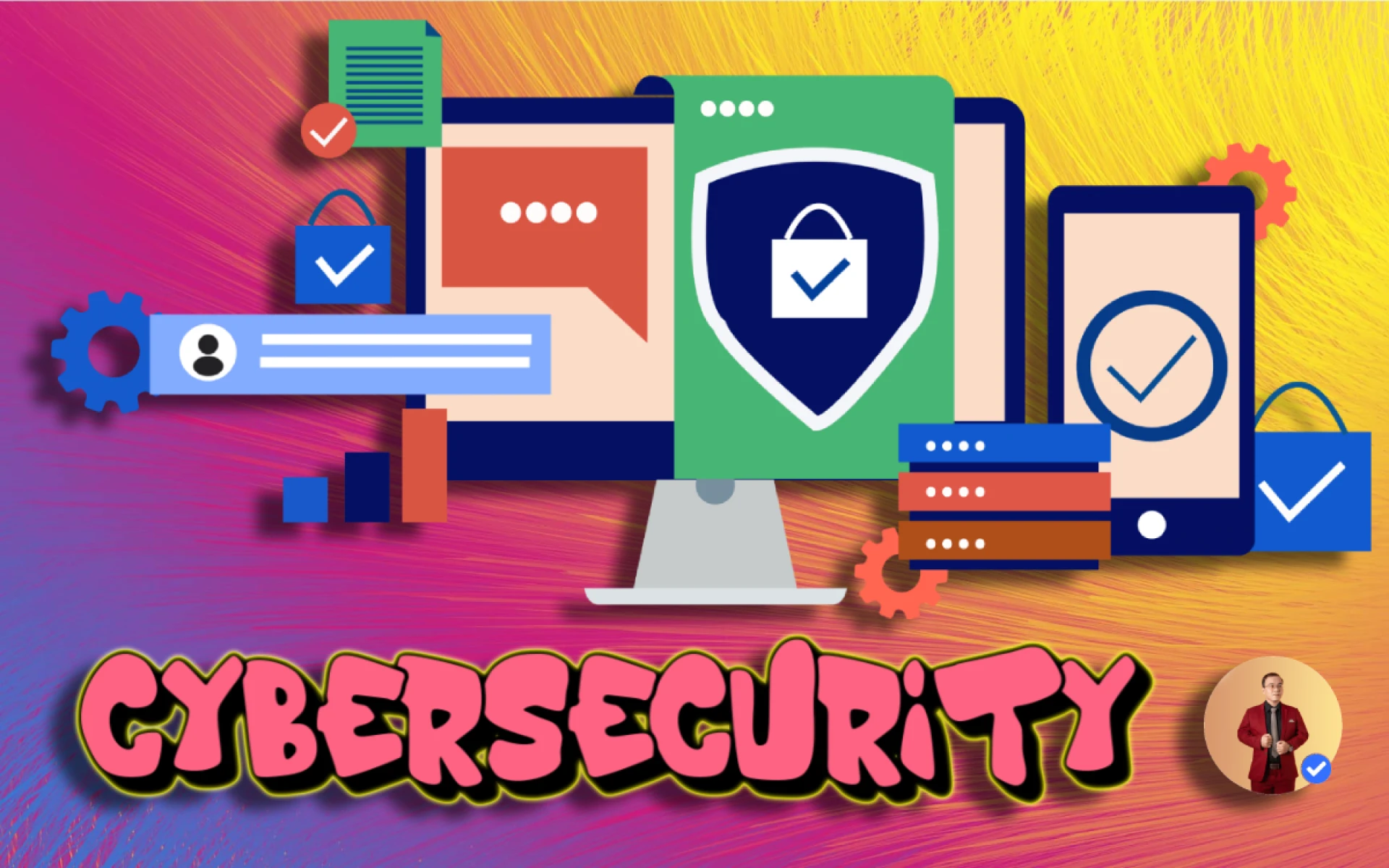Fortify Your Web App: Essential Cybersecurity Practices for Developers
Bolster your web application's defenses with these crucial cybersecurity practices for developers. Learn about data protection, authentication, input validation, API security, and more to safeguard your users and information.

Last updated 16:44 17/07/2024 GMT+7
When developing web applications, there are several key areas to focus on regarding cybersecurity:
Data Protection
- Encrypt sensitive data both in transit and at rest
- Use HTTPS for all communications
- Implement proper access controls
Authentication and Authorization
- Use strong password policies
- Implement multi-factor authentication
- Properly manage user sessions
- Apply the principle of least privilege
Input Validation and Sanitization
- Validate all user inputs on both client and server sides
- Sanitize data to prevent injection attacks (SQL, XSS, etc.)
def create_user
username = params[:username]
if username =~ /\A[a-zA-Z0-9_]+\z/
# Valid username, proceed
else
render json: { error: "Invalid username" }, status: :unprocessable_entity
end
end
API Security
- Use API keys or tokens for authentication https://vulehuan.com/en/blog/2024/7/lock-down-your-apis-simple-security-measures-whitelisting-json-web-tokens-api-keys-oauth-2-0-basic-authentication-hashbased-message-authentication-code-668a3c76f0915ca45912b911.html
- Implement rate limiting to prevent abuse https://vulehuan.com/en/blog/2024/7/managing-api-traffic-flow-a-guide-to-rate-limiting-strategies-668bd7b3f0915ca45912b942.html
- Validate and sanitize all API inputs
Error Handling and Logging
- Implement proper error handling without exposing sensitive information
- Set up secure logging practices
begin
# Some operation that might raise an exception
rescue StandardError => e
Rails.logger.error("An error occurred: #{e.message}")
render json: { error: "An unexpected error occurred" }, status: :internal_server_error
end
Third-party Dependencies
- Regularly update all libraries and frameworks
- Use a dependency checker to identify vulnerabilities (OWASP ZAP, Grype, and npm audit, etc https://vulehuan.com/en/blog/2024/7/guard-your-app-top-3-ways-to-identify-and-fix-security-vulnerabilities-6673d56b795963076ac9a3f0.html)
Cross-Origin Resource Sharing (CORS)
Configure CORS policies correctly to prevent unauthorized access
Security Headers
Implement security headers like Content Security Policy, X-Frame-Options, etc.
# In config/initializers/secure_headers.rb
SecureHeaders::Configuration.default do |config|
config.x_frame_options = "DENY"
config.x_content_type_options = "nosniff"
config.x_xss_protection = "1; mode=block"
config.content_security_policy = {
default_src: %w('none'),
script_src: %w('self' 'unsafe-inline'),
connect_src: %w('self'),
img_src: %w('self'),
style_src: %w('self' 'unsafe-inline'),
font_src: %w('self')
}
end
File Uploads
- Validate file types and sizes
- Scan uploaded files for malware
Database Security
- Use parameterized queries to prevent SQL injection
- Implement proper access controls on the database level
Server Configuration
- Secure server settings and disable unnecessary services
- Keep the server software updated
Regular Security Audits and Testing
- Conduct penetration testing and code reviews
- Use automated security scanning tools